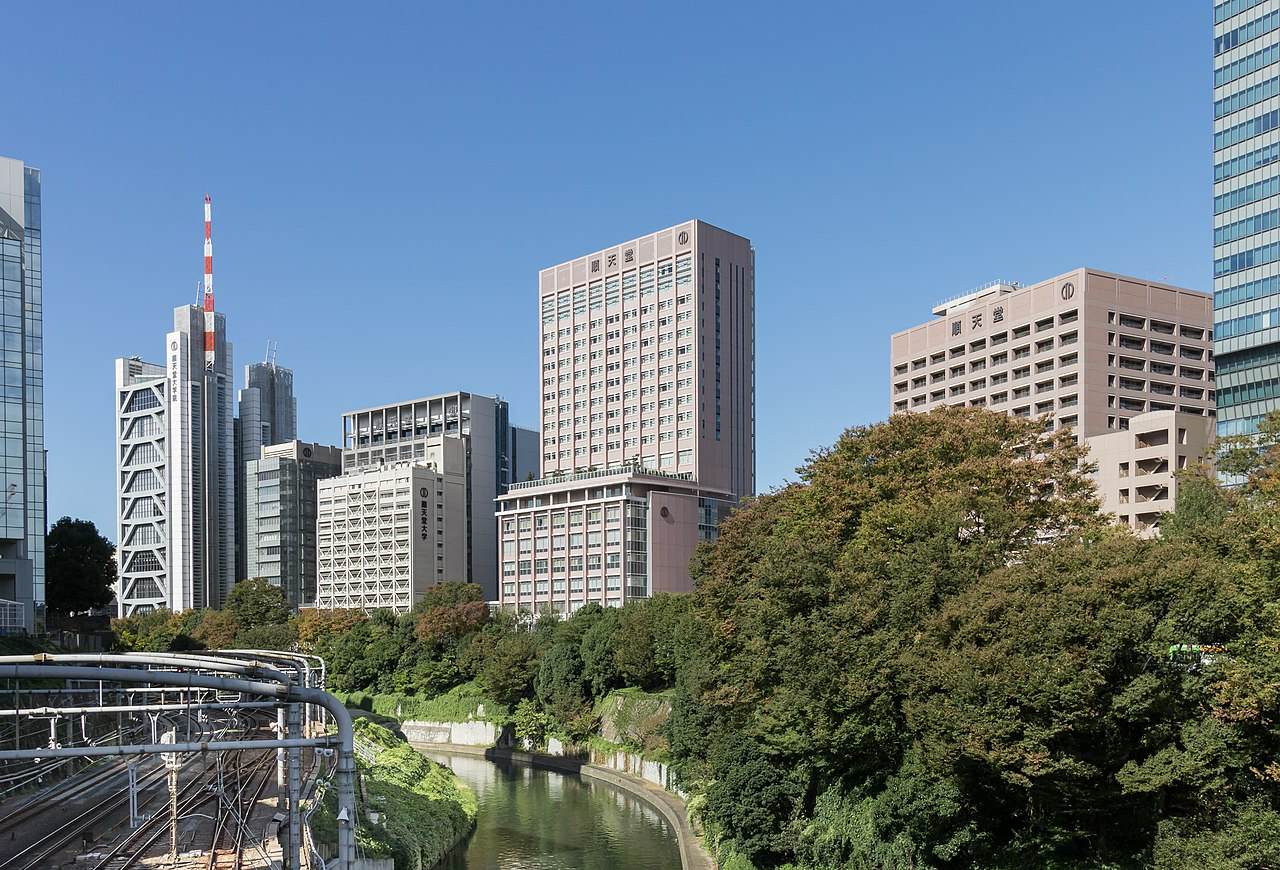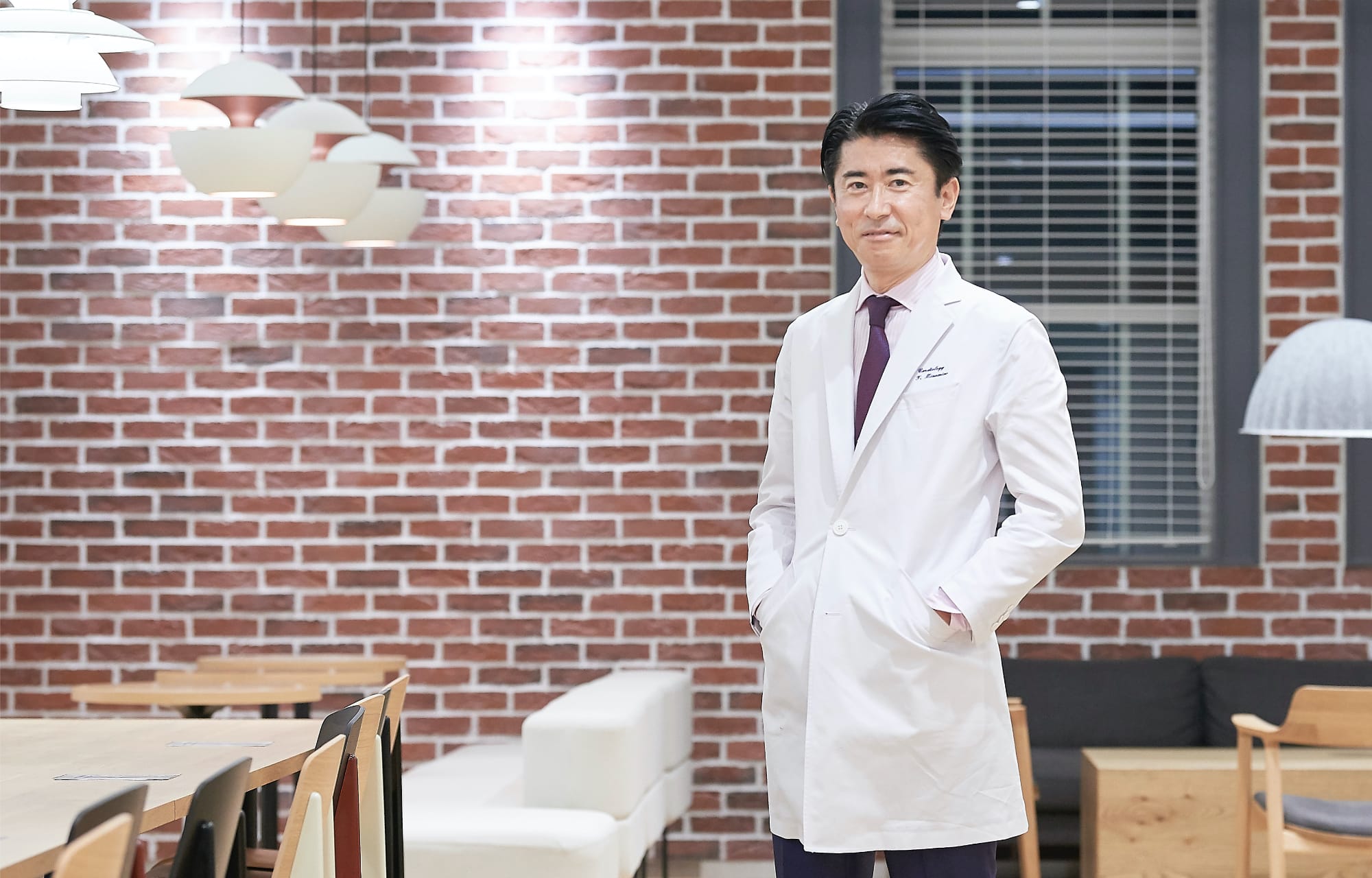In December 2021, a research team from Japan announced that it has developed a vaccine to eliminate so-called zombie cells. These cells are said to accumulate with age and cause damage to the cells that are located nearby, leading to age-related diseases such as arterial stiffening.

The study demonstrated that zombie cells, also known as senescent cells in the medical field, and arterial stiffness were reduced in portions of mice that were given the vaccination.
After studying the aging process and aging cells for over 20 years, the researchers have found that these cells activate atherosclerosis or other diseases associated with age, such as diabetes. According the researchers, if we can remove aging cells from the body, we can improve the whole situation with atherosclerosis, diabetes, and so on.
The findings of the research work carried out by the group were presented in an article that was included in the online edition of the journal Nature Aging.
Senescent cells are those cells that have ceased dividing but have not died off completely. By releasing chemicals that promote inflammation, they do damage to the healthy cells that are nearby.
“This is our main result. We have found a special marker that indicates aging cells. And our vaccine works in such a way that it detects these markers and removes aging cells from our body,” explained Tohru Minamino, a professor from דזשונטענדאָ אוניווערסיטעט and one of the lead researchers.
The group discovered a protein that is present in senescent cells in both humans and mice, and then they developed a peptide vaccination based on an amino acid that is a component of the protein.

The vaccine triggers the production of antibodies within the body, which then attach themselves to senescent cells and causes the removal of those cells by white blood cells that cling to the antibodies.
Due to the fact that both humans and rodents are susceptible to the same diseases, the research was initially conducted on a variety of mouse strains. The average lifespan of a mouse is approximately 2.5 years. But with the vaccine, they lived longer. Now, the final goal of their study is humans. They want to apply this technology to patients.
“People and mice are susceptible to the same diseases. But in general, all the same, research should take place gradually: first on mice, then on monkeys, and then on humans. There is no need to rush here. But we will definitely get to people.” ― Minamino assured.
In addition to this, he mentioned that there is now just one known marker of senescent cells, but that there ought to be more of them. According to the professor, the ideal scenario is for each individual patient to have their very own unique marker that can be used to diagnose their specific ailment.

Therefore, it will be feasible to select the appropriate vaccine for each and every individual case. He emphasized that this was the groundbreaking innovation that the progress brought about, which gives you the confidence to look to the future.
“I believe that we are very close to launching a vaccine for humans. We need to identify a few more markers for aging cells, and we can easily create a vaccine. There are already at least several ways to fight cancer using antibodies … I think we are very close,” ― said the scientist.
He also shared his optimism that this would become a reality within the following five years. So, let’s hope and see what happens next. If this indeed becomes true, then many sick people in the world would benefit from it. However, there could be some disadvantages of this therapy too that human society should never forget.




